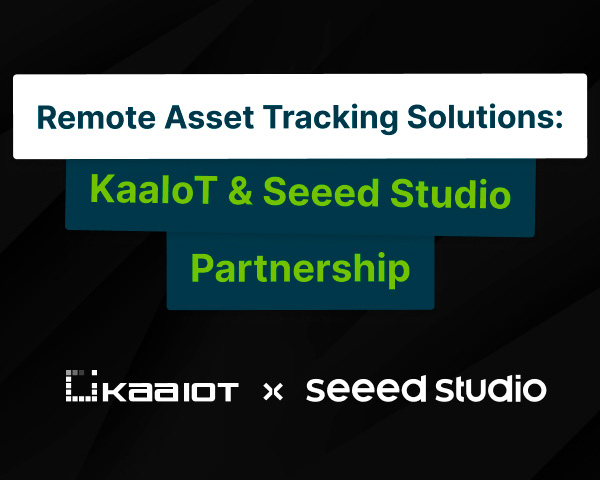What is an IoT Gateway?
An IoT gateway is a specific type of an IoT device that connects not-so-smart sensors, devices, and systems to the cloud. An IoT gateway talks to those devices via all kinds of connectivity protocols, such as Bluetooth and ZigBee, or even directly via Ethernet, and then uses its built-in IoT features to process and send device data to the cloud. In a similar way, it retranslates commands coming from the cloud to the endpoint devices.
As network mediators, IoT gateways are an essential component of modern IoT ecosystems. When designing your IoT solution, you can thus choose between two device connectivity options: either connect them to the cloud directly or through an IoT gateway. So, even if your devices do not support modern IoT protocols, or you need to bridge the gap between your legacy systems and an IoT cloud, you can easily utilize a gateway to set up the desirable network topology.
However, on top of their empowering connectivity functions, modern IoT gateways present even more advanced and exciting capabilities:
Multi-device, multi-connectivity management
Using a gateway, you can have a multiplexed connection where the gateway uses one server connection to communicate messages to/from multiple devices, as opposed to having an individual connection for each device. Also, an IoT gateway can use different connectivity modules for different devices at the same time, so there’s no need to have a separate gateway for each type of device.
Ensuring better security
In most cases, IoT gateways offer better security when communicating with the cloud than typical endpoint devices, even if they can connect to the cloud themselves. Gateways achieve better security by using encrypted IoT protocols, hardware encryption, certificates, performance monitoring, etc. By using a gateway, any existing vulnerabilities in endpoint devices are contained within a device-to-gateway link to the network and have a much slimmer chance to affect applications or data sitting in the cloud.
Streamlining IoT solution management and operations
An IoT gateway offers a convenient way to organize complex IoT device networks by creating sensor and device clusters. A good example could be a smart home solution where you have a central device hub, i.e. an IoT gateway, and multiple devices connected to that hub. Now you can manage your smart home as a whole as opposed to sending individual commands to each device. For example, you can command the gateway to turn on home security when you leave, which may include locking the doors, turning on security cameras, turning off lights, etc. In more complex IoT settings, such as industrial IoT, the ability to set up and manage IoT device clusters can significantly improve efficiency and lead to more streamlined autonomous operations.
Implementing edge data processing and analytics
IoT gateways are incredibly useful in how they bring cloud computing to the IoT edge. As the amount of data processed by IoT servers grows in leaps and bounds, engineers are looking for solutions to distribute the data processing load between the cloud and edge devices, namely gateways. Apart from cost efficiency, this also improves latency and speed of data processing, which can be vital for mission critical applications. With enough brain power on board, IoT gateways can run complex applications that perform preliminary data analysis, orchestrate rule-based device behavior, and filter out unimportant data noise on their own accord, falling back on the cloud only when it’s absolutely necessary.
IoT development tools and IoT platform integration
Finally, IoT gateways provide developers with out-of-the-box tools for creating IoT applications, setting up connectivity, and managing other network configurations. Some IoT platform vendors, like KaaIoT, offer their own gateways that are already integrated with the platform and thus ensure a smooth, unified IoT development experience from edge to cloud. Edge IoT development will become much easier with further evolution of IoT gateways, so it’s time to consider what options are already on the table.
Introducing the Kaa IoT Gateway
The Kaa IoT gateway offers rich out-of-the-box functionality and a variety of configuration options for CPU and connectivity modules to fit your exact use case. It is pre-integrated with the Kaa IoT platform, which makes it very useful for devices that do not support protocols such as MQTT or HTTP to connect directly to Kaa.
Using the Kaa IoT gateway is also the way to go for sensors with tiny computing power, devices within local IoT environments communicating over LoRaWAN or ZigBee, or legacy devices that do not offer access to their source code or firmware.
Check out the Kaa IoT gateway page for more information on out-of-the-box functionality and available configuration setups. Whether it’s the IoT cloud or edge, we’ve got you covered with Kaa!




